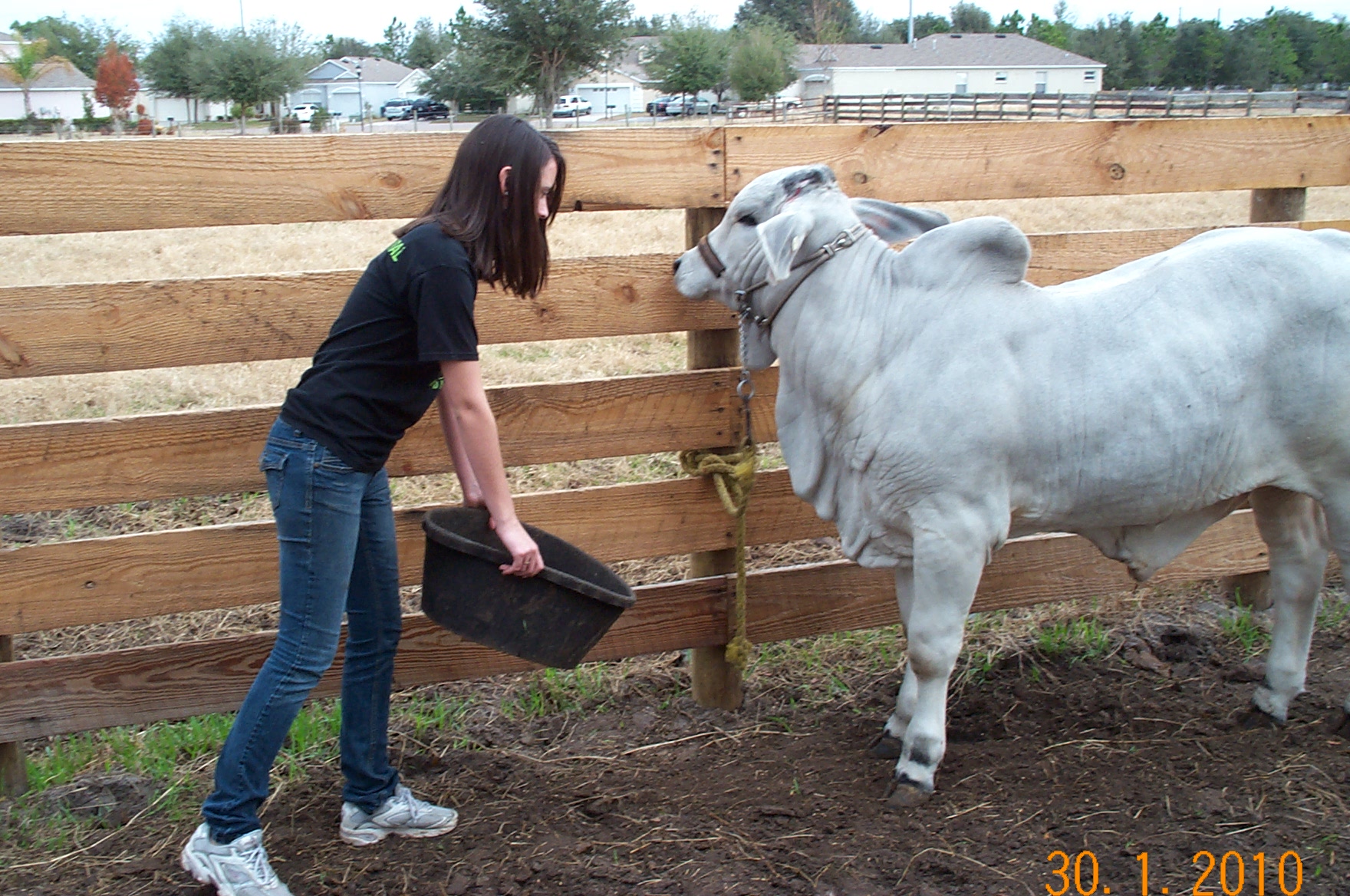
Every year, hundreds of young men and women, who are members of the FFA and 4H Clubs, are trying to halterbreak their calves. Adults on many ranches are doing the same thing. The young people are preparing the calves for show or sale or both.
Here I’m talking about beef calves and steers. Dairy calves are relatively easier to train.
Generally, these kind of calves are weaned from the the mother at 6 to 7 months of age; so you are dealing with an animal that weighs 400-500 lbs. It is not always an easy chore to train these calves.
On our ranch we ran purebred Brahman cattle and at our peak we had 150 mother cows. This means that we had a lot of calves to wean every year. We made the decision early on to halterbreak all those calves if we could. Buyers of our kind of cattle prefer gentle animals and are not interested in the other kind. Incidentally, a lot of our calves were “rough broke”, meaning we did not train them as much as we would animals going to show or fair.
Of course, some breeds are easier to train than others with Brahman being rated as a little more difficult due to their typical wary nature. The system we used, however will work with any breed of calves.
Your number one goal, at least initially, is to cause the calf to lose his fear of you. Once that is accomplished you are three fourths of the way done.
Step 1:
Use a good rope halter to tie your calf, strong enough that it cannot break no
matter how big or strong the calf is. We made our own rope halters and used either twisted sisal type rope or a synthetic fiber such polyethylene (which is resistant to rot). The first time you tie your calf to the fence, leave him there for a week ; not an hour or two.( so if it is possible, tie him under a barn or roof of some kind). Your calf is going to learn 2 things from this: One is that the rope on his face never lets go and two is that he is now dependent on you.
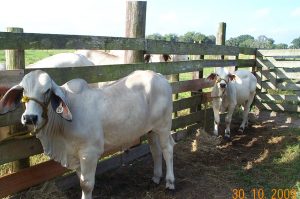
Step 2:
After you get your calf tied, give him nothing for 24 hours (more or less). At some time on the next day you can offer him some feed and water. I usually found that they were more interested in feed at first than water. Either way, don’t fill the pan or pail very full if there is a chance it will be knocked over or flattened. As usual, the behavior of the calf will guide your decisions.
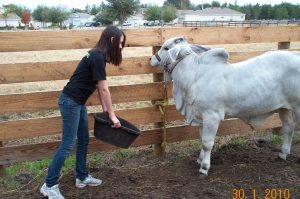
Step 3:
You should feed and water your calf or calves 3 times a day while they are tied. Your regular presence allows the calf to lose his fear of you and soon, he will be looking forward to your arrival.
During that week of tie up, do not leave feed or water in front of the calf. If you leave it with the calf, he no longer needs you! I would always present feed and water to the calf and wait right there for him to finish. If he is refusing to eat or drink, give him 5 minutes or so and take it away until next feeding.
Step 4:
By the third day, depending on your calf, he may be eating and drinking just fine. At that point we can integrate some leading training into the program by leading the calf to water rather than bringing it to him. The principle at play here is that you will be taking him somewhere he wants to go. So if you do not have a water trough relatively close, you can use a pail full of water (maybe 75 ft away?). The first time could be a little difficult but you have something going for you. After several days of being tied, the calf respects the power of the rope and is unlikely to run away with you. After this first lead to water, each successive time becomes easier (On the first water run, make sure he will be thirsty by depriving him of water for longer than usual).
Having more than one calf to break makes this process easier because after watering, the calf is anxious to rejoin his friends and will follow you back to his post with no trouble.
The first time you try to lead the calf to somewhere other than water or his tie post he will probably hesitate. Don’t worry, he has learned the basics and with a little effort, he will follow. The more often you lead him the better.
On our ranch, we often tied the new calves for a week, then turned them loose for the weekend for some exercise, and then tied them for another week. Once your calf is broke, you can set your own schedule which would of course be more intense before show or sale.
While the calf is tied to the post and has gained your trust, is a good time to introduce him to the showstick and brush.
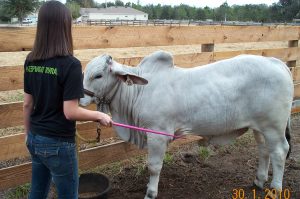
Your calf could end up loving you!!

Good Luck
[su_tooltip style=”green” position=”south” shadow=”yes” rounded=”yes” size=”5″ title=”Look” content=”Don’t forget to comment below.” behavior=”always”][/su_tooltip]
One thought on “Halter Breaking Your Calf”
Leave a Reply
See you next time
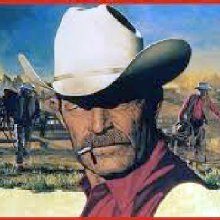
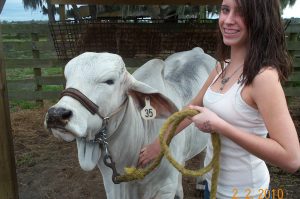

hello there, your site is very good.Following your site.